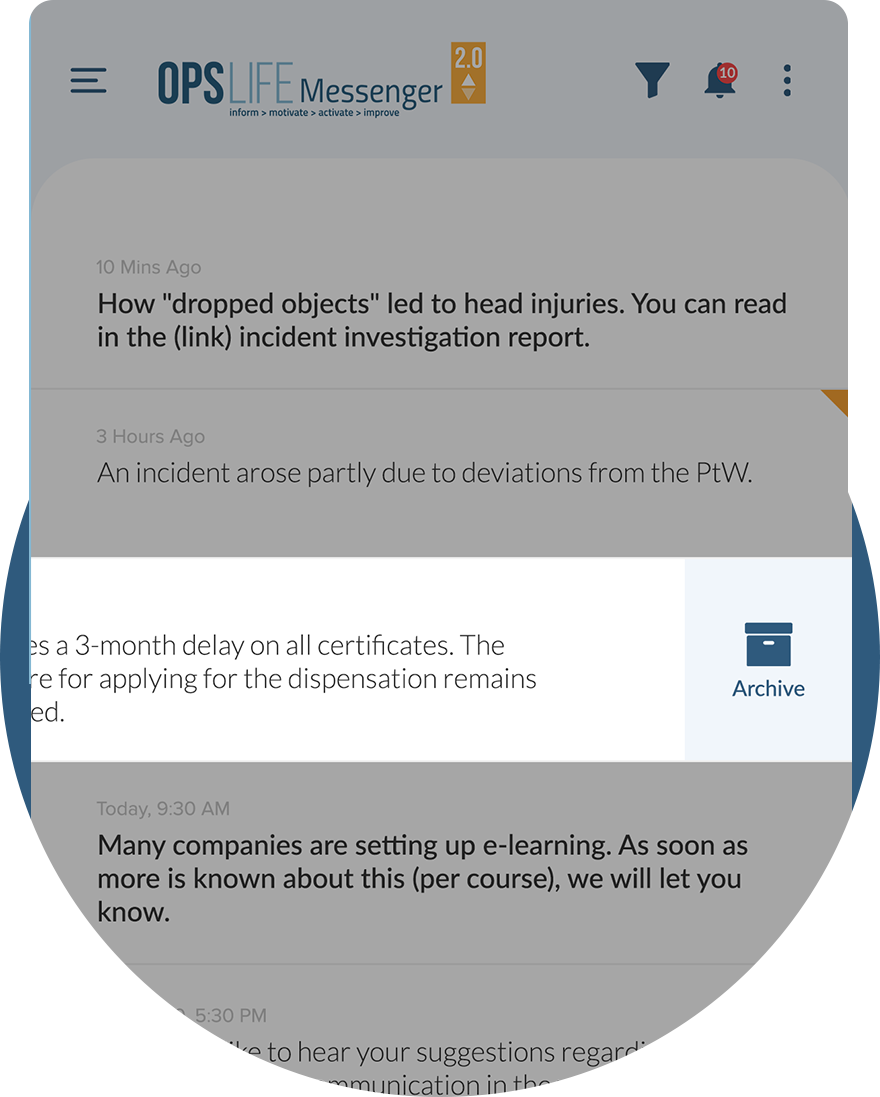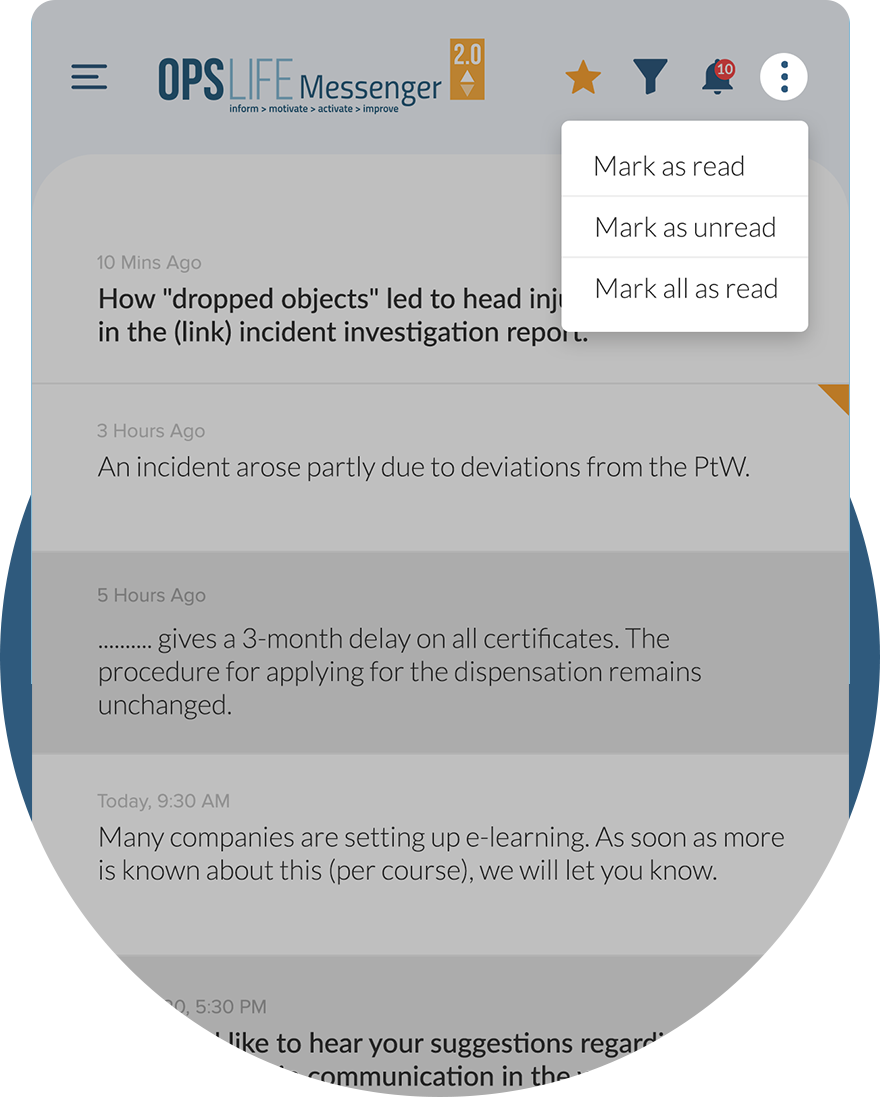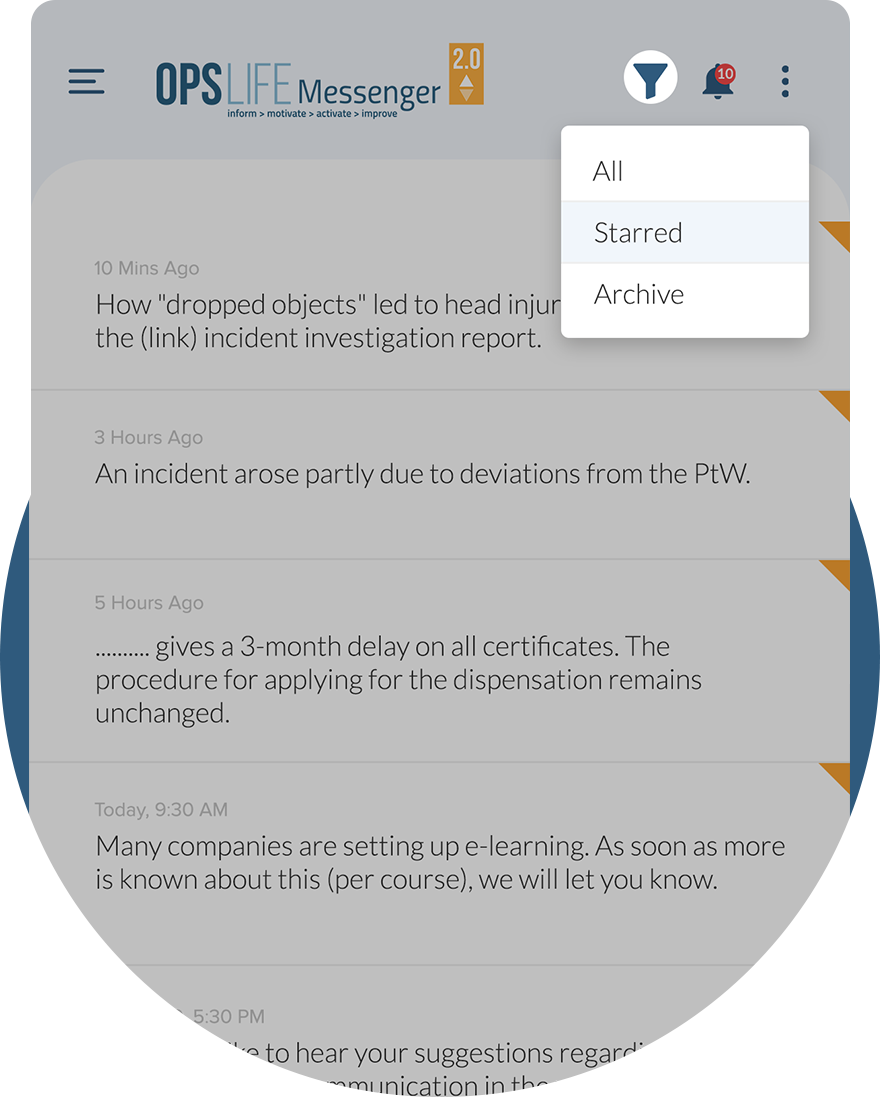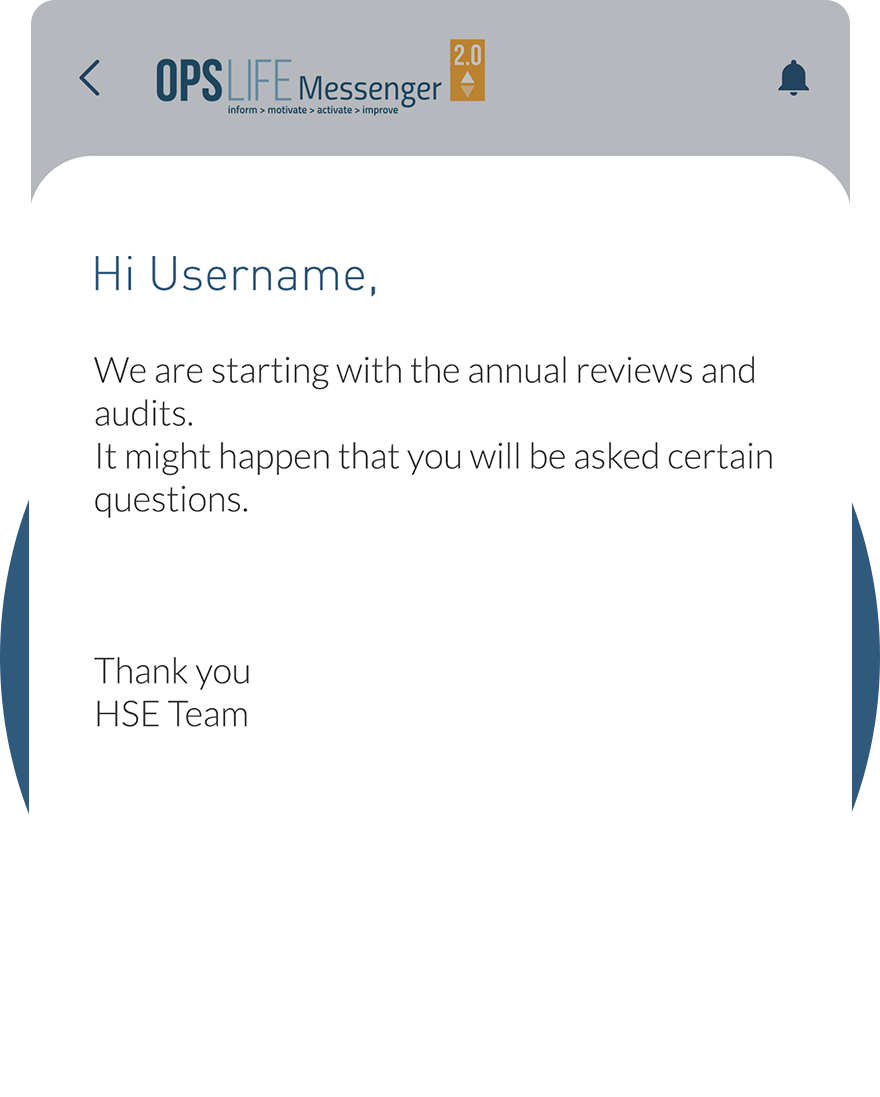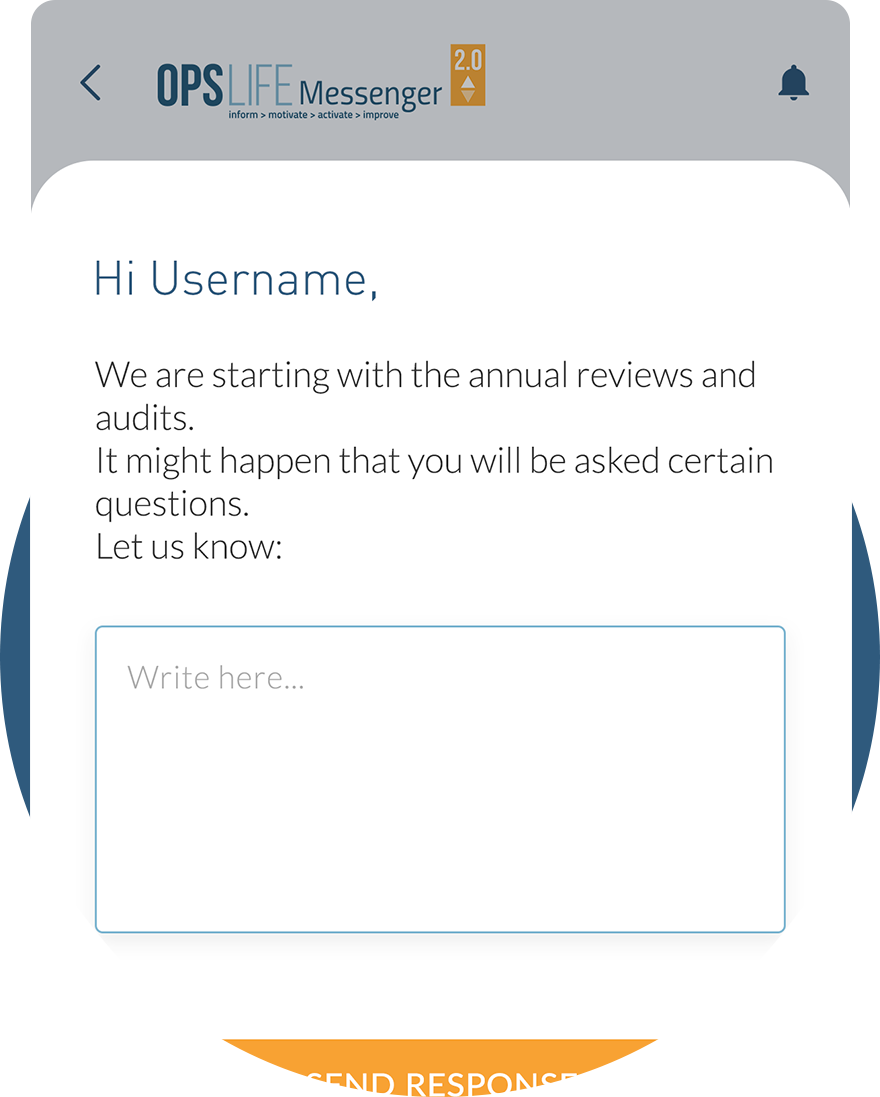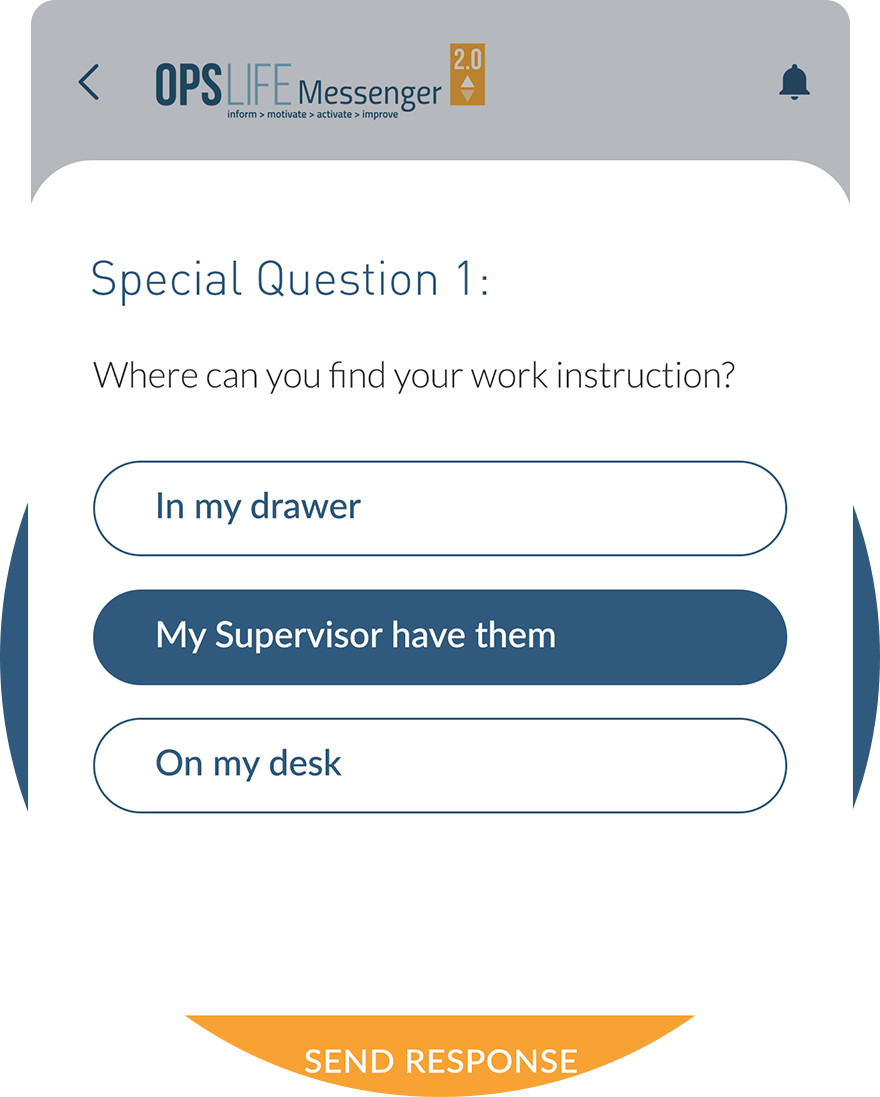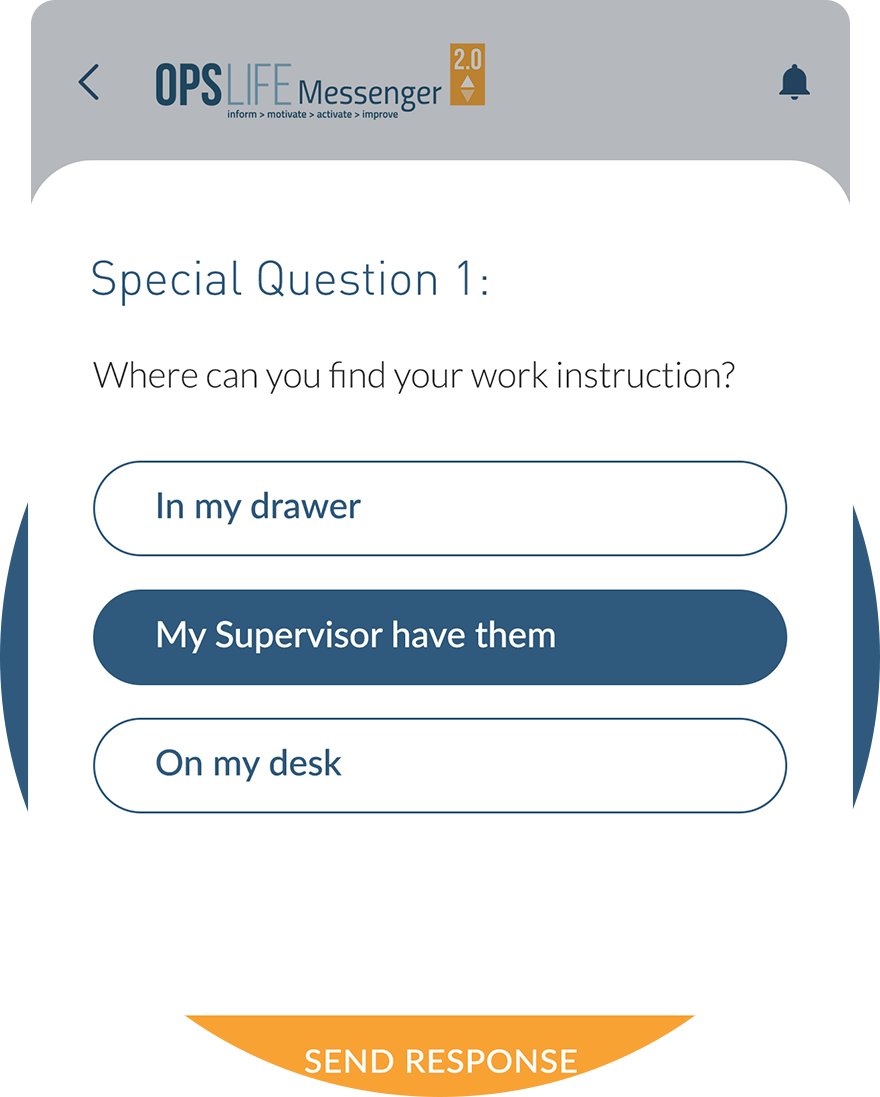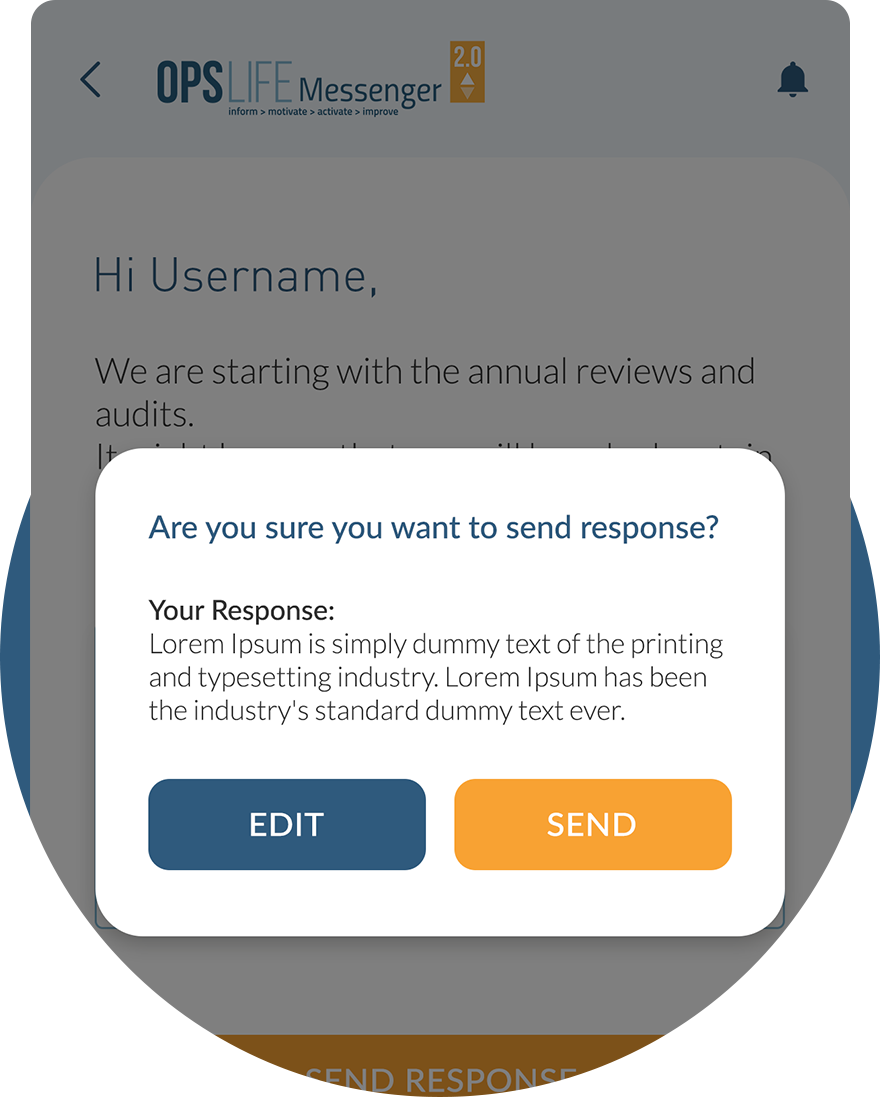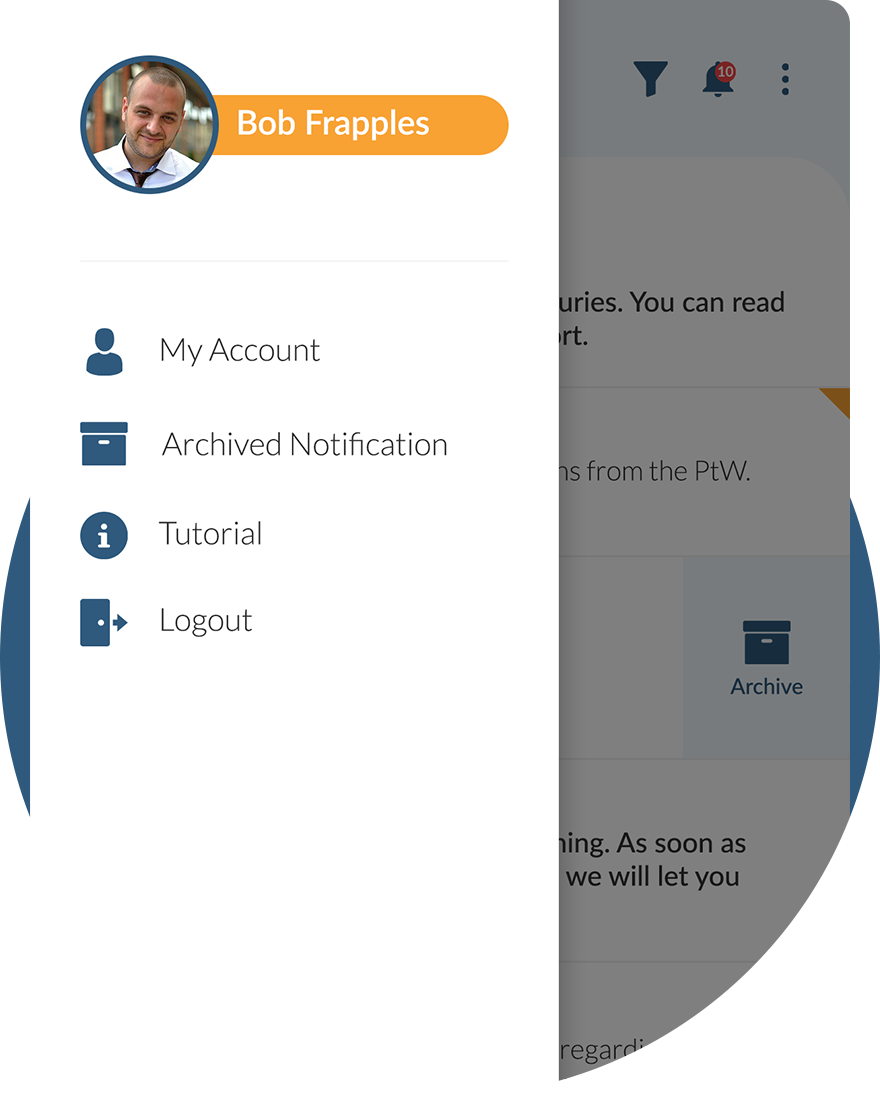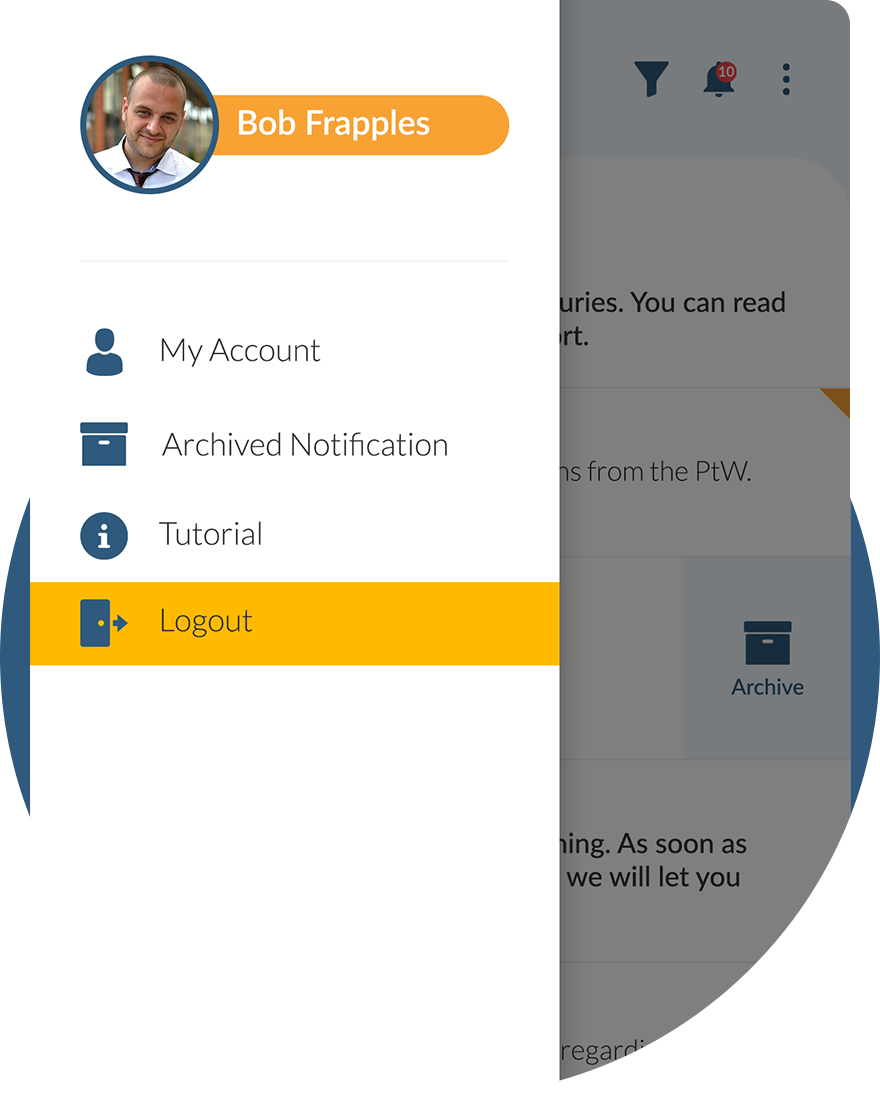Basic HSE information about Slips, trips and falls and set of tools to be used at work.
Slips, trips and falls
- Workplace Information
- Toolbox Information
- Check Your Knowledge
- Action Focus Campaign
IMPORTANT INFORMATION
- Avoid dangerous situations as much as possible, mark them or cordon them off.
- Use anti-slip materials (e.g. sand, salt) on walkways and working areas.
- Clean up your workspace regularly (housekeeping!).
- Keep 3 points contact when using stairs or a ladder.
- Wear proper shoes (find the right balance between firmness and comfort).
WHAT IS IT?
It’s probably happened to most of us. That momentary lapse of inattention thinking about a personal problem or distracted by an activity that ends in a slip, trip or fall. A stumble down a stairway. A trip over an uneven surface. Slipping on the ice. It can lead to a variety of regrettable events ranging from a simple bruised shin to an extremely serious injury. It’s just one of a variety of conditions and situations that set the stage for same level slips, trips and falls in the workplace. They are occupational hazards that can be found in almost every type of work setting. It is estimated that 3.8 million disabling work injuries are caused each year by slips, trips, and falls, accounting for 12 percent to 15 percent of all workers’ compensation costs.
HAZARDS
Slips happen where there is too little friction or traction between the footwear and the walking surface. Common causes of slips are:
- wet or oily surfaces
- occasional spills
- weather hazards
- loose, unanchored rugs or mats
- flooring or other walking surfaces that do not have same degree of traction in all areas
Trips happen when your foot collides (strikes, hits) an object causing you to lose the balance and, eventually fall. Common causes of tripping are:
- obstructed view
- poor lighting
- clutter in your way
- uncovered cables
- uneven (steps, thresholds) walking surfaces
The majority of falls happen on the same level resulting from slips and trips.
Slips, trips and falls can be related to personal behavior, obstructions, housekeeping, location and the human factor.
Personal behavior
- distractions when completing the task at the location
- allowing personal and professional issues to interfere with thought processes during the course of the day
- feel tired and not rested before starting a task or moving around the location
- incorrect work attire i.e. worn out soles on footwear
Obstructionsr
- unmarked obstructions at head height i.e. beams
- obstruction on walkways
- complacency around certain obstructions that have been painted over
- lack of awareness of obstacles around walkways
Housekeeping
- unsecured lines and cables
- inadequate storage of loose equipment
- loose oil decks plating in machinery spaces
- spillages
Location
- access to and from gangways
- inadequate lighting i.e. time of day, lack of lighting and shadow areas
- icy/wet surfaces due to extreme weather conditions or time of day (early dew)
- uneven surfaces
- lack of consideration when changing from one location to another
Human factor
- defective design, overdue maintenance
- the situation cannot be properly assessed
- inadequate alertness
PREVENTION
Both slips and trips result from some a kind of unintended or unexpected change in the contact between the feet and the ground or walking surface. This fact shows that good housekeeping, quality of walking surfaces (flooring), selection of proper footwear, and appropriate pace of walking are critical for preventing fall incidents.
Good housekeeping is the first and the most important (fundamental) level of preventing falls due to slips and trips. Without good housekeeping practices, any other preventive measures such as installation of sophisticated flooring, specialty footwear or training on techniques of walking and safe falling will never be fully effective.
You can reduce the risk of slipping on wet flooring by:
- taking your time and paying attention to where you are going
- adjusting your stride to a pace that is suitable for the walking surface and the tasks you are doing
- walking with your feet pointed slightly outward
- making wide turns at corners
You can reduce the risk of tripping by:
- keeping walking areas clear from clutter or obstructions
- keeping flooring in good condition
- always using installed light sources that provide sufficient light for your tasks
- using a flashlight if you enter a dark room where there is no light
- making sure that things you are carrying or pushing do not prevent you from seeing any obstructions, spills, etc.
Personal behavior
Key message: adopt a resilient mind
ALWAYS
- focus on the task at hand i.e. avoid distractions
- be alert when moving around the location as events can change without prior warning
- adopt an open and resilient mind that can help you cope with changes around the working location
- discard footwear with worn out soles or other damages i.e. holes
ENSURE
- adequate amount of sleep during your allocated rest hours
- that you take care of yourself in order to be both mentally and physically fit (i.e. eating healthily, reducing caffeine consumption and smoking)
- that safety boots have slip-resistant soles and heels
Obstructions
Key message: always be alert in order to identify obstructions
ALWAYS
- move around the location with a sharp eye
- use designated walkways where possible
ENSURE
- obstructions are appropriately marked
- walkways are clear of clutter or obstructions
- temporary obstructions such as electrical obstructions are clearly marked
Key message: a tidy working location is a safe working location
ALWAYS
- clean up spills immediately with appropriate absorbent material
- put tools and equipment away after their use
- cordon off working areas
ENSURE
- loose equipment is stored correctly
- workshop areas are kept tidy
- any temporary fittings are clearly highlighted
Location
Key message: be aware when moving from one location to another
ALWAYS
- inspect gangway before use to ensure it is securely attached
maintain three point contact when using stairs - use designated stairways and walkways
- be alert for unsafe weather conditions
ENSURE
- the use of a torch light if visibility is impaired due to poor lighting
- weather conditions are considered when working outside
- newly painted surfaces have appropriate anti-slip properties
- the work planning includes safe movement to and from work areas
Human factor
Defective design, overdue maintenance
- the design, the organization of the workplace is an important factor and should theoretically be in order (tackled at source -removing hazards)
- in practice, during the execution, sometimes not much more can be done and people will have to observe the area carefully
The situation cannot be properly assessed
- knowledge and experience is required in order to properly assess a situation
- all HSElife materials are intended to increase everyone’s knowledge!
- learn from experienced colleagues, but also call them to account if they accept certain risks
Inadequate alertness
- not being alert enough is another important reason that incidents occur
- are you awake, not tired, and do you take enough rest breaks?
- due to too much mental stress and/or too much information, the alertness becomes less resilient
PROTECTION
Basic equipment and work clothes must be used at all times. You may have to wear additional PPE, depending on the type of work. Ask your company about what to wear and when wear it. The Permit to Work also states which basic and additional PPE you must wear.
General rules for protection:
- know the location where you are going to work
- understand the risks
- identify potential hazards
- deal with potential and actual hazards
- look after your work areas
- reduce workplace stress
- take regular breaks
- use mechanical aids whenever possible
- wear Personal Protective Equipment appropriate to the task
- if necessary, wear additional PPE appropriate to the task
- know how to correctly use safety equipment
- stay sober
- never work whilst under the influence of drugs or alcohol, as you would be a hazard to yourself and your colleagues
- stay completely alert on the job
IN CASE OF...
Any incident that occurs during work can have severe impact on people, installations and the environment. Make sure that you are familiar with the right procedure in case incidents happen. If not, ask your company for further information.
Start your daily work with safety!
Onscreen presentation is very useful to use during work preparation or toolbox meetings. It provides short and concrete information. Five questions and answers at the end of presentation can be used to make the meeting more interactive and to give conversation a boost.
Be always prepared for the work!
It is of utmost importance to be well prepared before you start the work.
By clicking on the button below you can check your knowledge about this HSEQ subject.
After completion of the knowledge check, your certificate will be visible in
MY ACCOUNT > My training.
